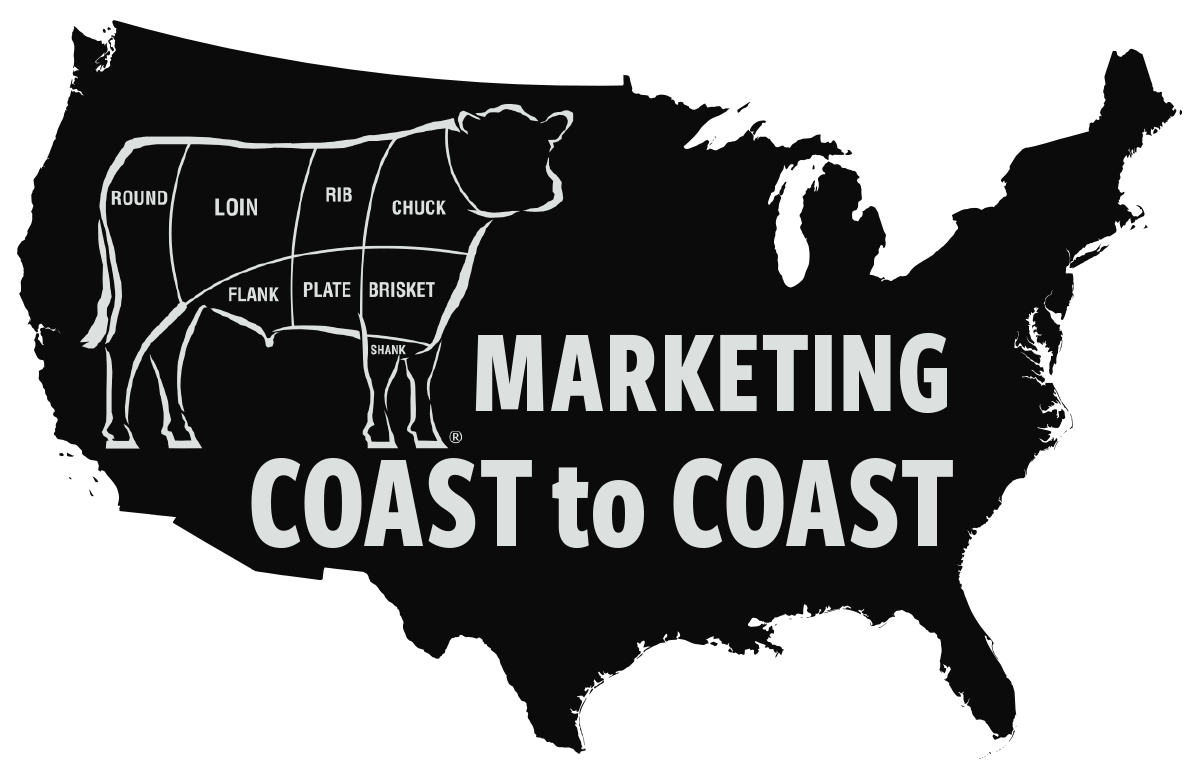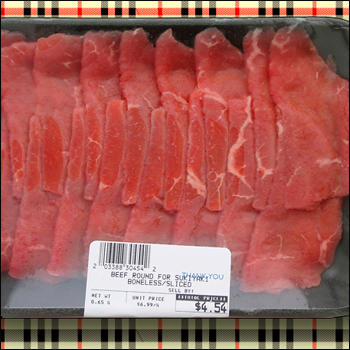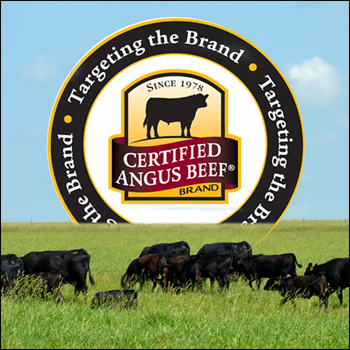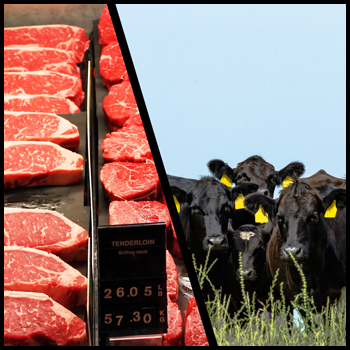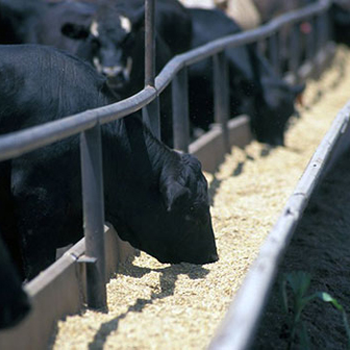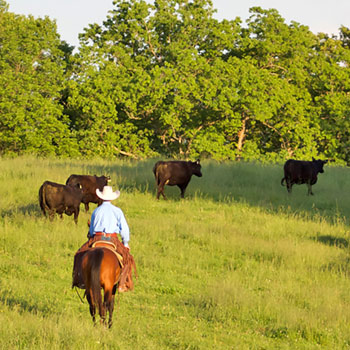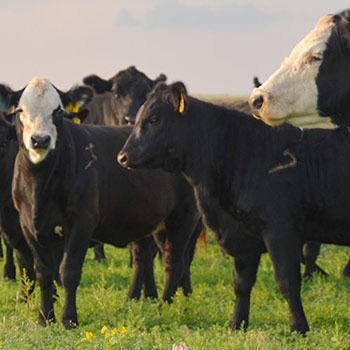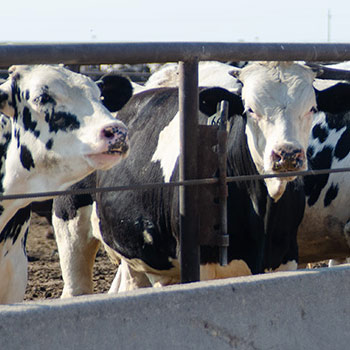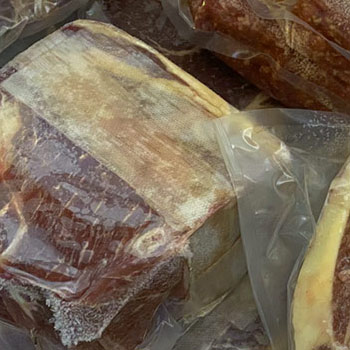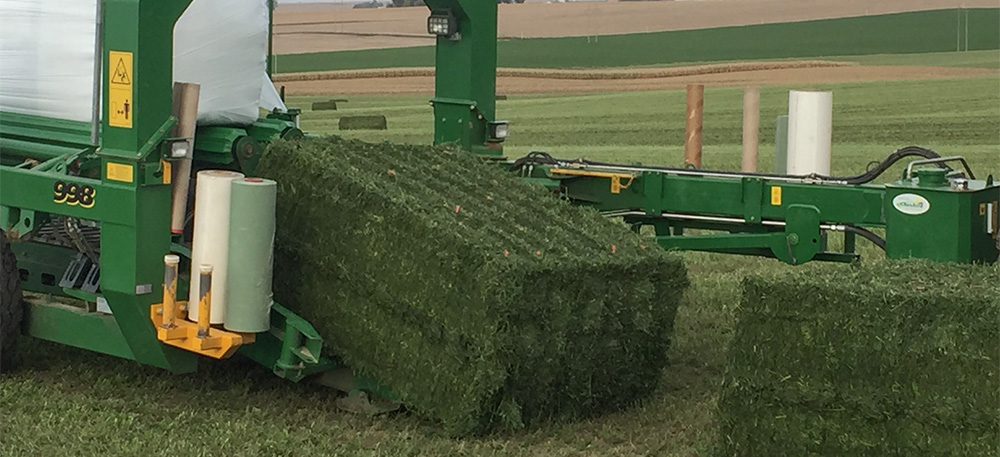
Baleage Advantages
High-nutrition, high-moisture baleage offers feeding flexibility if weather is uncooperative.
Silage has been the traditional way to store forage harvested wet — compacted and stored in airtight conditions, fermenting. In recent years, several methods have been developed to wrap silage/haylage in airtight bags using plastic film. Harvesting and storing hay this way can capture nutrient quality without the losses associated with trying to get it dry enough to bale and store without mold.
John Hall, Extension beef specialist with the University of Idaho, says there is a growing interest in baleage due to weather challenges when harvesting forage.
“Here on our Nancy M. Cummings Research, Extension and Education Center, we can usually get two cuttings of hay, but often have too much fall moisture to put up the third cutting, so we’re trying baleage. Some producers use baleage for lactating cows, forage-fed beef and backgrounding calves because it’s higher-quality forage — if done right,” he says.
It needs to be between 45% and 60% moisture, and the higher end of moisture is better. One of the challenges, however, with all that moisture, is that the bales weigh about twice as much as a dry bale. This puts more stress on the baler.
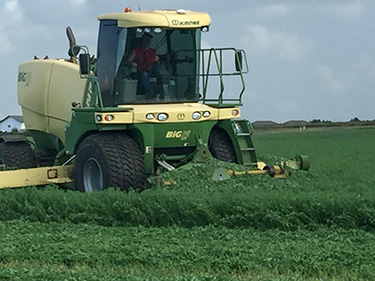 |
Baleage needs to be between 45% and 60% moisture, and the higher end of moisture is better. One of the challenges, however, with all that moisture, is that the bales weigh about twice as much as a dry bale. This puts more stress on the baler. |
“If your baler is not set up to handle that kind of weight, it can tear it apart. Many of the newer balers are set up to do both dry and wet bales. We can do round bales or big square bales, with the equipment available to wrap them,” says Hall.
Some wrappers encase each bale individually, and some wrap multiple bales in a long tube.
“The individual bale wrappers are lower cost up front, though it will cost a little more in terms of plastic per bale — because you are wrapping all sides of each bale. Also you need to handle them with a different piece of equipment or patch every bale after you put a spear in it, and seal up that plastic again,” he explains.
There are some special bale-handling grabbers that don’t tear the plastic. The inline method is much faster and takes less plastic — only wrapping the sides of the bales.
The disadvantage of baleage is the challenge of transport if you have to take these bales very far to feed them. They are very heavy, so you must consider how far you need to take them and how they will be used, says Hall. One of the disadvantages of the inline system is that you can’t stack the bales, so it takes a lot of space to store them.
To use this haying method, producers need to understand wilting times and how much moisture to end up with.
“Learning how long you need to dry it on a certain day to get down to 50% moisture is crucial. It might be just a few hours in heat of summer or it might be overnight in a cooler time of year,” says Hall.
Moisture level is crucial. If it’s too dry it won’t ensile and will mold. If it is too wet, yield will be lost; the material becomes runny with too much liquid. A lot of the soluble carbohydrates end up in the fluid and can be lost, he says.
You also need to weigh the costs.
“Baleage has high nutrition levels, so it should be fed to animals that can benefit from those nutrients — such as lactating cows or young, growing animals, so it will pay back on your investment,” Hall says.
Editor’s note: Heather Smith Thomas is a cattlewoman and freelance writer from Salmon, Idaho. Photos by Dan Funke.
